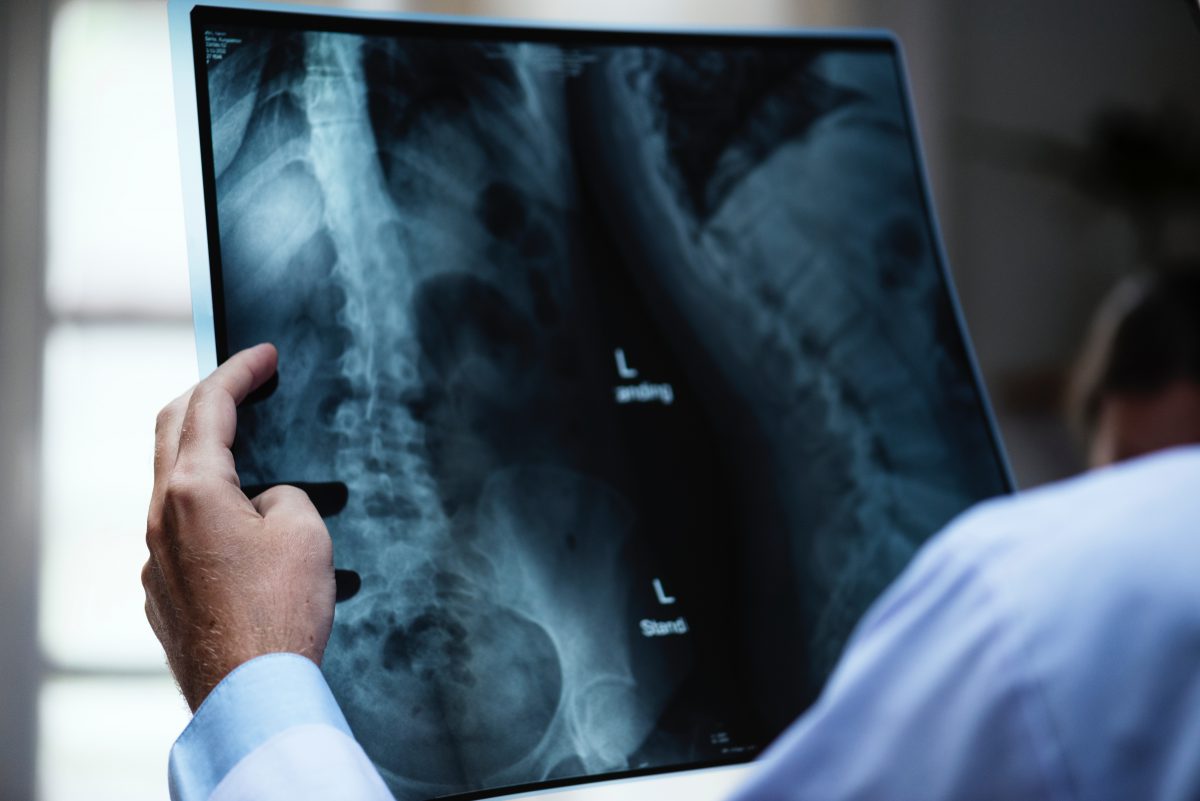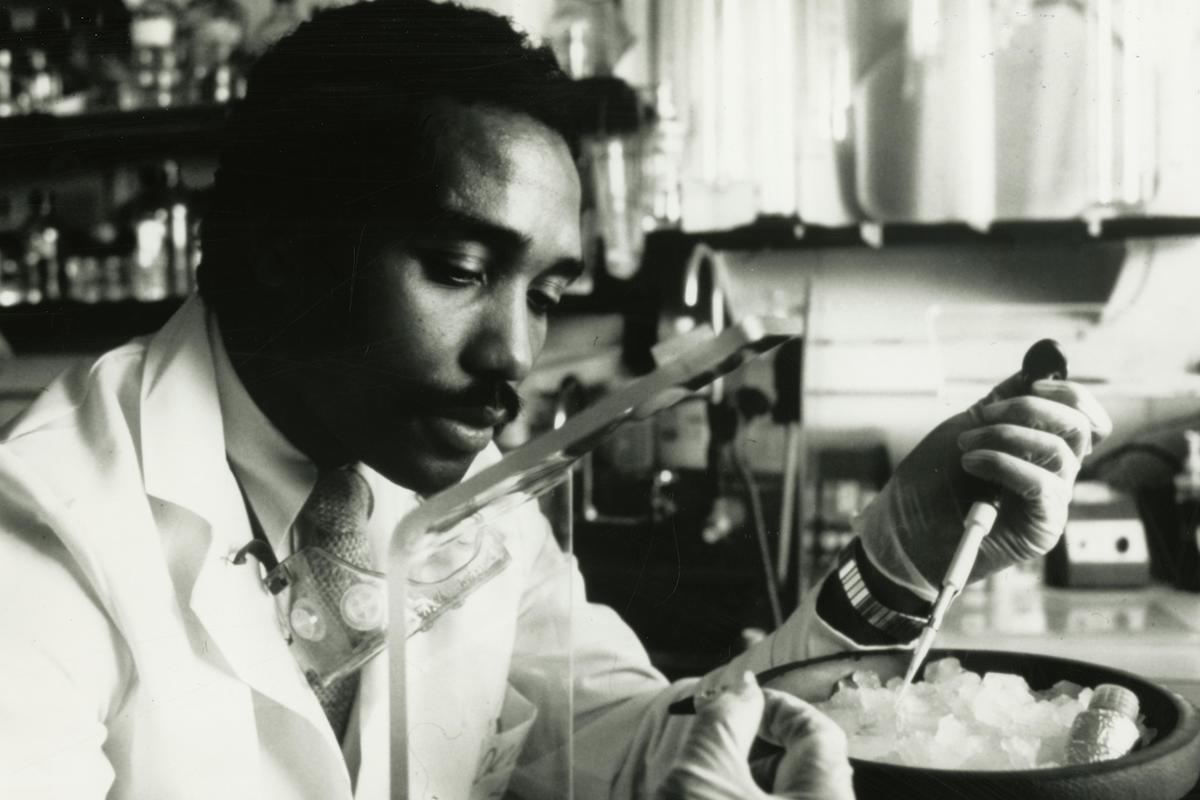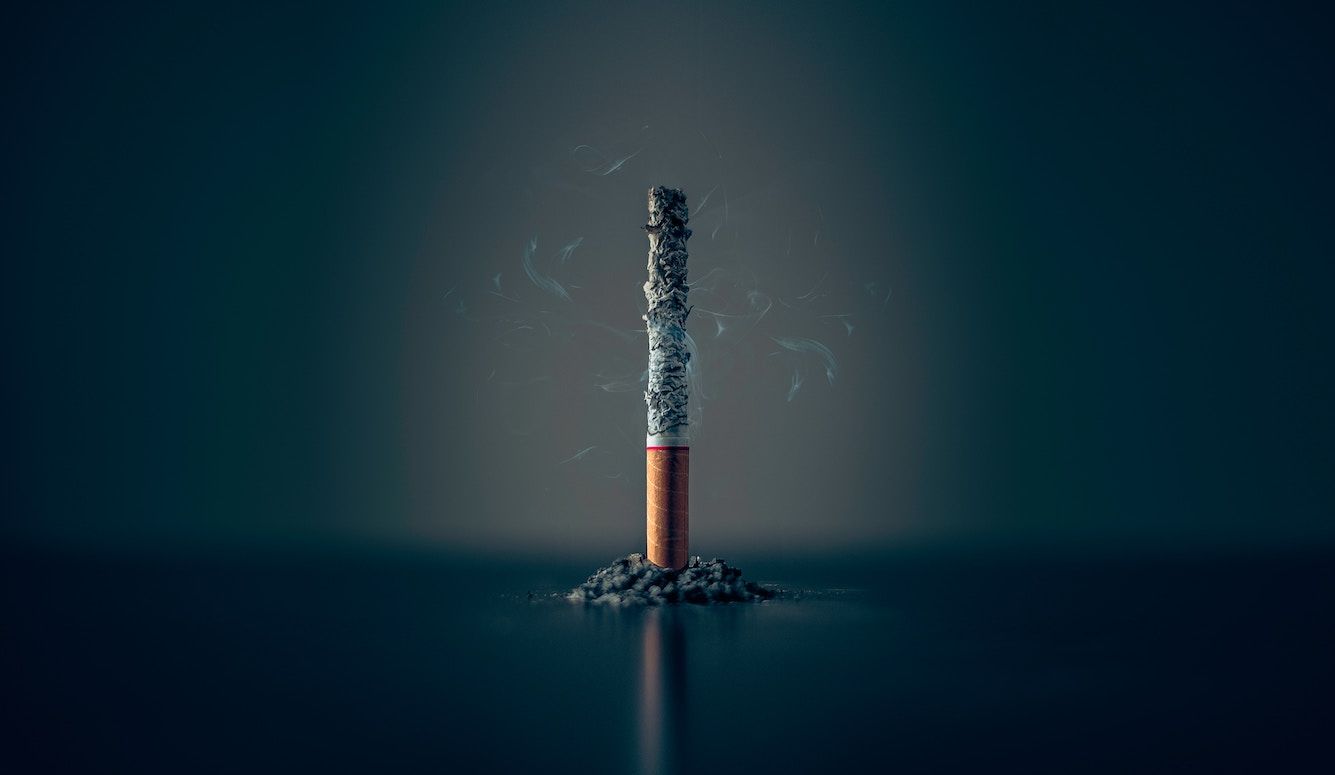Art and Culture
Glimpsing Our Own Health Secrets: The Coming Revolution in Health-Care Transparency
Does more transparency mean that patients will become responsible for catching errors that doctors themselves should have prevented?

It was a random flip through an old family binder that changed the course of Selina Brudnicki’s career. Brudnicki’s late mother had been diagnosed with breast cancer eight years earlier. A few months after her mastectomy, she complained to her doctors of new pain—a symptom that Brudnicki, a Program Lead of Digital Patient Experience based in Toronto, had assumed was being properly investigated. Brudnicki’s mother passed away of metastatic breast cancer shortly thereafter.
It was in 2015, three years after her mother’s death, that Brudnicki came across that binder, which was tucked away with her mother’s belongings. There were medical test results, pathology and imaging reports, and a few oncologist notes. She also found a note her mother had written herself, commenting on a doctor’s report. It read: “[The doctor’s] report does not seem correct. I always mention ‘pain’ not discomfort. I kept complaining about a new pain.”
“While there are never guarantees, I always wonder: If [my mother] had access to her complete medical records and notes, would she have realized [sooner] that she and her doctor were not on the same page?” Brudnicki tells me. “Would this have prompted better communication and earlier investigation?”
In most parts of the world, it remains difficult to access one’s own medical data. Typically, a patient has to find the relevant medical-records agency or department, fill out various forms, and, in some cases, spend hours obtaining photocopies of written reports that must be returned.
Over the last three years, Brudnicki and her colleagues at the Toronto-based University Health Network (UHN) have been creating an expedited process, through a program called “myUHN Patient Portal,” which allows patients from any of the UHN hospital sites to access raw documentation—including the daily notes their health providers take in real time. They also can view diagnostic imaging reports and lab results at the same time as their doctors. The program officially rolled out in 2017 as a response to patients seeking to access their own health information, and as part of a global movement called “OpenNotes,” which aims to prod institutions and doctors to openly share their patient notes from existing electronic-medical-record (EMR) systems.
The roots of OpenNotes extend back to the 1970s. Co-founder Tom Delbanco (who is now the John F. Keane & Family Professor of Medicine at Harvard Medical School) was scribbling down the story of one of his patients—a middle-aged man who had issues at work, drank “a few beers a day,” and fought with his wife and children. As the man happened to work at a printing press, he was easily able to read Delbanco’s notes upside down from across the table in the clinic room, and so started making edit suggestions in real time.
Far from being put-off by this unsolicited assistance, Delbanco began working with the patient on a plan of care that resulted in the patient dropping his drinking habit. Over time, Delbanco became eager to explore how this more transparent and collaborative approach could help improve care for other patients. Delbanco recalls: “If patients were able to read their own notes as a standard, and perhaps even participate in this documentation, would patient care and the patient experience improve?”
It was a tough sell, because Delbanco’s model challenged the idea of doctor as medical-knowledge gatekeeper. But Delbanco pressed on, eventually creating OpenNotes, which has allowed 30-million patients—mostly in the United States—to access their medical notes.
In a paper published in the Annals of Internal Medicine in 2012, “Inviting patients to read their doctors’ notes: a quasi-experimental study and a look ahead,” Delbanco and his team reported that among 13,000 patients studied, more than half reported increased adherence to their medication regimes, and more than three quarters felt it “helped them feel more in control of their care.” Only a small minority reported that access to the notes caused them to feel “confusion, worry, or offense.” Other research indicates that OpenNotes promotes patient engagement, improves patient-physician collaboration, helps patients and doctors prioritize, all while decreasingphysician workload.

OpenNotes has been implemented in Sweden, which earlier this year became the first country to put every citizen on a medical record system called the Patient Accessible Electronic Health Record (PAEHR). By logging into the system using an electronic identifier or Swedish personal identify number, Swedes can access notes from all of their healthcare professionals, medication lists, test results, diagnoses, vaccine records, and anything else housed in their medical record. Patients can also leave comments on their notes—a bit like the comments inserted through the track-changes feature of Microsoft Word. If a doctor reports that a patient’s stomach pain came on after a Christmas meal, and the patient realizes that she’d actually been experiencing the pain since Thanksgiving, she can add that into the margins.
* * *
The OpenNotes movement raises questions that, until now, have attracted little research. Does more transparency mean that patients will become responsible for catching errors that doctors themselves should have prevented? Will doctors have to censor themselves, out of concern that something they write might be misinterpreted by the patient? Could doctors become more vulnerable to litigation? Or will greater transparency help prevent litigation by prompting fruitful discussions between patient and doctor in the first place?
“Physicians are a conservative group…there’s a lot of inertia,” says Iris Gorfinkel, a Toronto-based family physician who received pushback after recently penning a commentary on the subject for the Canadian Medical Association Journal. “Doctors feel as though this may place additional pressure on them to get more things done in less time; that there are more eyes watching them. But every major change requires growing pains.”
There’s no question that OpenNotes will fundamentally change the (traditionally paternalistic) doctor-patient relationship. It flattens a centuries-old hierarchy, and will push doctors to shed jargon-heavy forms of communication in favour of clear, succinct (and legible) descriptions. As with other changes to the field of medicine, there will be older doctors who never accept the new standard, and much of the change no doubt will be led by a younger cohort.

“We [trainees] are never formally educated about how to properly document the patient encounter,” says Chethan Sarabu, a pediatrician and recent graduate of the Clinical Informatics Fellowship Program at Stanford University. “A movement toward more transparency…can actually be an opportunity to train future doctors about documenting for the purposes of communicating clearly to patients as well as to others who may access [their] chart[s].”
But even younger doctors who are comfortable with transparency and new technology (a category in which I would place myself) should be wary of database protocols that allow tech companies such as Apple and Google—both of which are making large investments in healthcare—access to cloud-based EMRs. Home-testing companies such as 23andMe and LetsGetChecked are placing screening and lab-testing data into the hands of private clients, who will have a dual role as patients within a public system, and who may voluntarily share their data far and wide. No one can rule out a future formal partnership between OpenNotes, EMRs and tech companies; and what this could mean for patient privacy is unclear.
* * *
To diagnose a strange constellation of symptoms a few years ago, a clinician ordered an MRI of my head. As I sat in the scanner, I could hear the buzzing and suddenly felt claustrophobic. I understood what my own patients experienced in that hollow white tube. I could barely move. And if I squirmed, the scan wouldn’t be accurate. It was easier to close my eyes and relax—maybe meditate or, even better, fall asleep.
As I lay there, I could picture exactly what was happening behind the glass wall outside the scanner. I had been on the other side many times before, my mouse scrolling through layers of the brain presented on the screen. Would those behind the glass find a series of lesions—bright spots of inflammation—on my own brain? Or, worse, would they find a large blob indicating a tumor? A stranger would be discovering secrets about my own brain that I didn’t know. My case would be reviewed by a radiologist, then by another, possibly presented at a case conference, maybe involving a consultant neurologist, and possibly a neurosurgeon. All this would happen before I had any clue what was in my own head.
As the procedure finished, I shuffled out toward the changing area, holding my gown closed. I stopped by the glass wall to ask the MRI technician for clues. “I’m a resident doctor,” I said. “I’m just wondering if you saw anything.” She wasn’t permitted to answer. I knew she couldn’t. Yet I still wondered if part of why she wasn’t answering was because she saw … something.
Weeks later, my family doctor called me. There was nothing unusual on the MRI. I never asked to see the reports myself. Perhaps ignorance, in this case, was bliss. Or not. Either way, it should be the patient’s call. And in coming years, thanks to OpenNotes and similar initiatives, it will be.
Amitha Kalaichandran is an Ottawa-based resident doctor and writer. Follow her on Twitter at @DrAmithaMD.






